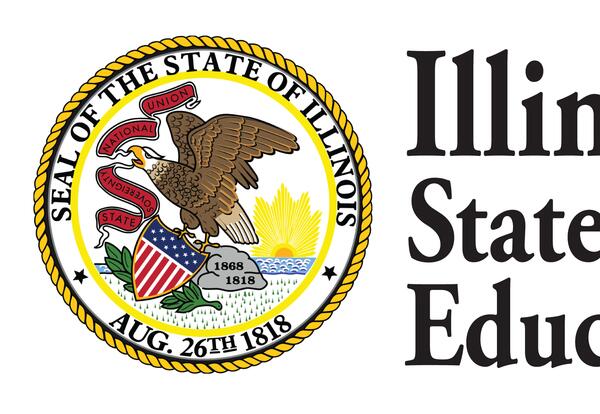
SPRINGFIELD – The Illinois State Board of Education (ISBE) today issued the fiscal year 2024 Evidence-Based Funding (EBF) allocations, announcing an unprecedented number of fully funded districts. There are also zero districts under the 60% funding adequacy benchmark for the first time in Illinois history.
FY 2024 marks a historic number of fully funded districts. Only 146 districts were at or above 100% funding adequacy in the first year of EBF in FY 2018; that number has increased by 59% with 232 districts now fully funded in FY 2024. An additional 94 districts have met the 90% funding threshold.
“Equity is how we move the needle forward in Illinois, and equity has always been at the center of the Evidence-Based Funding formula. I was proud to be at the forefront of the fight to implement EBF and am thrilled to see the compounding positive impact this approach continues to make in districts in every corner of the state,” said State Superintendent Dr. Tony Sanders. “Thank you to Governor Pritzker and the General Assembly for their commitment year-over-year to steady increases in equitable education funding. We are making sure a student’s ZIP code does not determine their access to a well-rounded, quality education and that every child has the supports they deserve.”
EBF sends more resources to Illinois’ most under-resourced students. The formula compares the funding a district currently has to the amount it needs to provide a safe, rigorous, and well-rounded learning environment for its unique student population. This ratio, called a district’s Percentage of Adequacy, quantifies in universal and equitable terms a district’s financial need and has allowed ISBE to distribute both EBF and other state grants more equitably to the districts in the greatest need.
Seven years of investments in EBF have raised the funding floor. The lowest Percentage of Adequacy for any district in the state in FY 2018 was 46%, which meant that district had less than half of the funds it needed to serve its students. Today, the lowest Percentage of Adequacy is 62%. The number of district’s severely underfunded — at or below 60% — has dropped from 168 in FY 2018 to now zero.
The General Assembly has appropriated an additional $350 million for EBF in FY 2024. Every district will receive at least the funding it received last year through the formula’s hold harmless provision, called the Base Funding Minimum. The formula will distribute an additional $300 million equitably based on each district’s Percentage of Adequacy through the Tier Funding portion of the formula. Districts with the highest property tax rates will also be eligible for nearly $50 million in Property Tax Relief Grants.
Thanks to steady increases in EBF, education funding has increased from $5.9 billion in FY 2017 to $8.28 billion in FY 2024.
State law requires districts annually to complete an EBF Spending Plan, indicating how it plans to use its Tier Funding and its funds earmarked for English learners, special education students, and low-income students. These plans will be public as part of the school district budget template for the first time in FY 2024, providing Illinois education stakeholders with a new level of transparency into how EBF benefits their local students and communities.
View each district’s Percentage of Adequacy, Tier, and EBF allocation for FY 2024 on the ISBE website.
